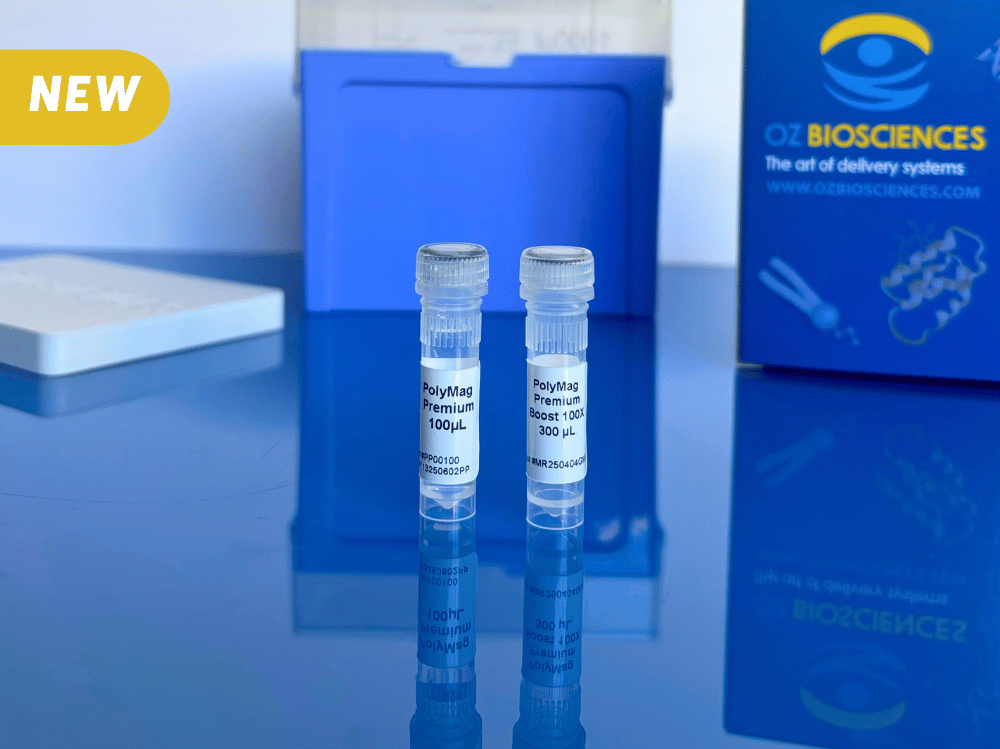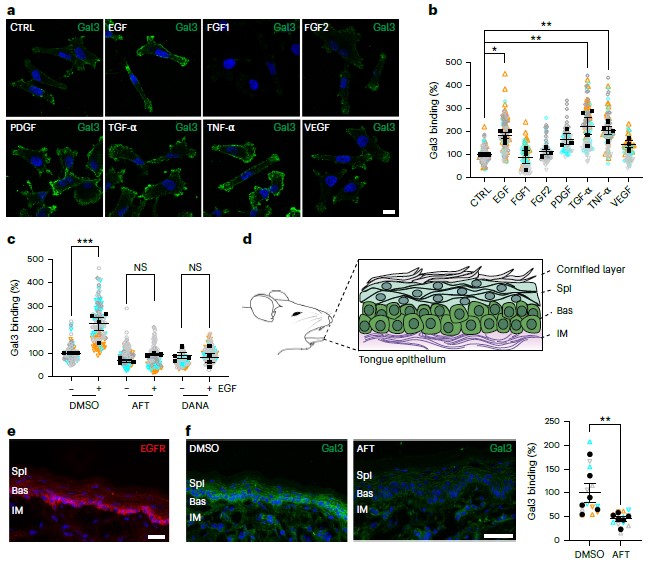BLOG > Publications & Citations > Circulating miRNAs are associated with successful bone regeneration

Authors: Frank Julia K. et al.
Source: Frontiers in Bioengineering and Biotechnology, Volume 13 - 2025
We are thrilled to share insights from a groundbreaking study entitled "Circulating miRNAs are associated with successful bone regeneration" published in Frontiers in Bioengineering and Biotechnology by Julia K. Frank et al:
"Introduction: Bone healing is a well-orchestrated process involving various bone cells and signaling pathways, where disruptions can result in delayed or incomplete healing. MicroRNAs (miRNAs) are small non-coding RNAs capable of influencing various cellular processes, including bone remodeling. Due to their biological relevance and stable presence in biofluids, miRNAs may serve as candidates for diagnosis and prognosis of delayed bone healing. The aim of the study was to investigate changes in miRNAs circulating in the blood during the healing of rat calvaria defects as biomarkers of successful bone regeneration.
Methods: Standardized calvaria defects were created in 36 Wistar rats with a trephine drill and treated with collagen hydroxyapatite (CHA) scaffolds. The treatment groups included CHA scaffolds only, CHA scaffolds containing a plasmid coding for bone morphogenetic protein 2 (BMP2) and miR-590-5p, CHA scaffolds containing mesenchymal stromal cell-derived extracellular vesicles, and empty defects as a control group. After 1, 4 and 8 weeks of healing, the animals were evaluated by microcomputed tomography (microCT), as well as subjected to histological analyses. Blood was sampled from the tail vein prior to surgeries and after 1, 4, and 8 weeks of healing. miRNAs circulating in the plasma were determined using next-generation sequencing.
Results: Variability of bone regeneration within the four groups was unexpectedly high and did not result in significant differences between the groups, as indicated by the microCT and histological analyses of the newly formed bone tissue. However, irrespective of the treatment group and regenerative activity, we identified miRNAs with distinct expression patterns of up- and downregulation at different time points. Furthermore, rats with high and low regenerative activity were characterized by distinct circulating miRNA profiles. miR-133-3p was identified as the top upregulated miRNA and miR-375-3p was identified as the top downregulated miRNA in animals exhibiting strong regeneration over all time points evaluated.
Conclusion: Our study indicates that regardless of the treatment group, success or lack of bone regeneration is associated with a distinct expression pattern of circulating microRNAs. Further research is needed to determine whether their levels in the blood can be used as predictive factors of successful bone regeneration."
Congratulations to all authors for this great article.
Our 3DFect was used to transfect plasmid DNA and miRNA into a Scaffold of collagen hydroxyapatite (CHA), later placed in Calvaria defect model in rats.
Read the article See our 3D-Fect







